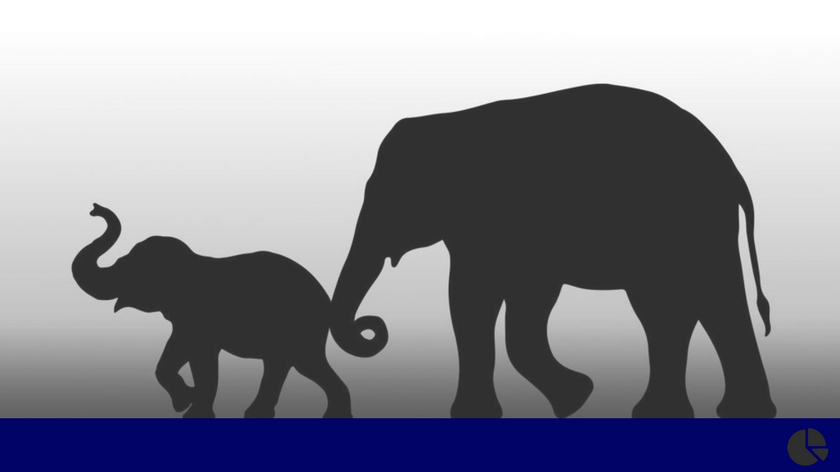It does not require too much effort to appreciate the fact that humans do not always act rationally. While I am certain that everyone can cite numerous case studies from their own lives, supporting evidence – should you need it – may be found in the works of behavioral economists like Daniel Kahneman and Dan Ariely who highlight how systematic our thinking mistakes actually are.
Shakespeare, in his infinite wisdom, noted that “The fool doth think he is wise, but the wise man knows himself to be a fool.” We are all prone to bouts of erroneous thinking and, with this truism more relevant than ever, organizations across the world have taken to using nudge theory to help remedy your decision deficiencies. So what is nudge theory and why should you care? To put it simply, nudge theory works within the confines of our innate irrationality and, through gentle prods, seeks to alter our behavior in an imperceptible way. In fact, it was for his groundbreaking work in this space that Richard Thaler was awarded the Nobel Prize for Economics.
All of this surreptitious nudging sounds quite Orwellian however, the key is that nudge theory is not an individual mandate but rather a reframing of options to an individual in what experts call choice architecture. If all of this sounds like a clever ploy by marketers to get you to purchase the slightly more expensive television set, Thaler and Sunstein would draw your attention to another term they coined, “libertarian paternalism,” which looks strikingly like an oxymoron.[1] There is actually a great deal of substance behind these two seemingly diametrically opposed concepts – libertarian in this instance refers to an individual’s right to choose while paternalism simply means that the outcome to the individual is also of importance. In short, within the world of nudge theory, choice architecture is used by the architect to frame the choice to the individual; the individual has full autonomy to choose; and the choice architect should create choices that create better outcomes for the individual. Of course, this all assumes that the choice architect is not self-interested, which is – regrettably – not necessarily the case as when the innocent patron is asked whether he or she wants to supersize his or her meal.
For the more pedantic amongst you, we turn you to Thaler and Sunstein who give a more formal definition of a nudge as
“any aspect of the choice architecture that alters people’s behavior in a predictable way without forbidding any options or significantly changing their economic incentives. To count as a mere nudge, the intervention must be easy and cheap to avoid. Nudges are not mandates. Putting the fruit at eye level counts as a nudge. Banning junk food does not.”
In practice, nudge theory is used in more places than one would expect. How does one increase the number of organ donors? Researchers found that countries that offer individuals an opt-out organ donor option possess considerably higher consent rates. In fact, consent rates are 99 percent for countries like Austria where individuals have to opt out of becoming organ donors versus 12 percent for countries like Germany appealing to an opt-in structure.[2] Simply reframing the decision as opt-out versus the traditional opt-in structure helped save countless lives. In the nutrition space, patrons of a Chinese fast-food restaurant were asked whether they wanted to downsize their side orders. Researchers found that 14 to 33 percent of customers did so, leading to a 200 calorie reduction.[3]
Closer to home, Vitality’s nudging strategies were even showcased by Thaler and Sunstein in their book “Nudge” where they discuss how Vitality Bucks, which can be redeemed for an assortment of gift cards, are used to incentivize members to engage in healthy behaviors. With more than 20 years of experience in designing programs that nudge individuals towards healthier decisions, Vitality is delighted to see leading behavioral economists in the global spotlight.
[1] Thaler, R. H., & Sunstein, C. (2008). Nudge: Improving decisions about health, wealth, and happiness. New Haven, CT: Yale University Press.
[2] Eric J. Johnson, Daniel Goldstein. Do Defaults Save Lives? Science 302 (2003): 1338-1339.
[3] Janet Schwartz, Jason Riis, Brian Elbel, and Dan Ariely. Inviting Consumers to Downsize Fast-Food Portions Significantly Reduces Calorie Consumption. Health Affairs. February 2012.







